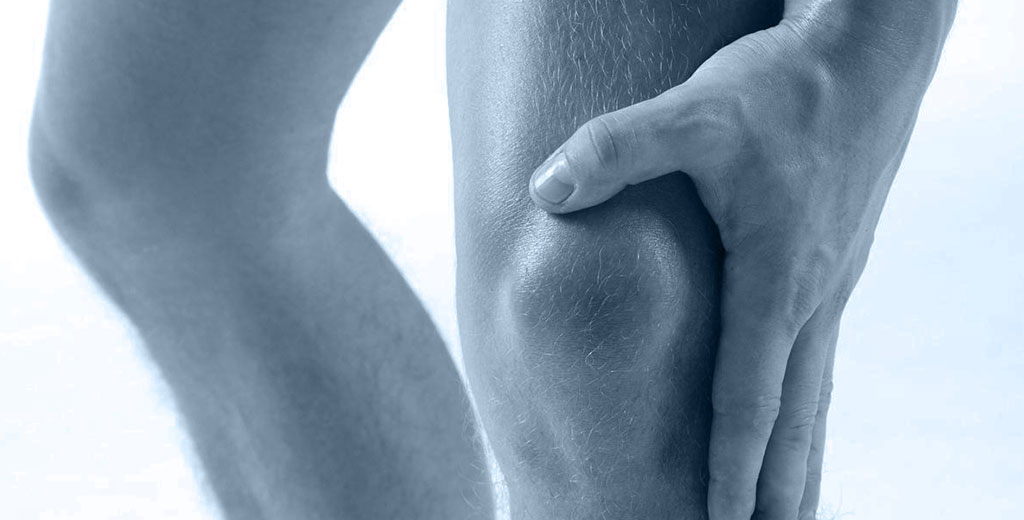Training your lats but not seeing results? You might be doing the wrong exercises.
Many trainers and physiotherapists still recommend back exercises without actually knowing their real impact on the latissimus dorsi.
The lat is one of the key muscles for a strong, wide, and functional back. It plays a major role in both vertical and horizontal pulling movements, and training it efficiently not only improves appearance, but also athletic performance, posture, and injury prevention.
But here’s a potentially uncomfortable truth: not everything that feels like “back work” is truly activating your lats the way you think.
Muscle activation isn’t about intuition—it’s about evidence. And thanks to electromyography (EMG), you can now know which exercises truly engage the lats at 100%… and which fall far below.
Measuring activation helps you improve how you train and prescribe exercises, especially if your goal is hypertrophy or you’re optimizing a patient’s rehab plan.
Want to learn how to use EMG to better select exercises and personalize each routine?
👉 Click here for more info. No commitment required.
In this post, we’ll share the 7 best exercises for the latissimus dorsi, ranked by muscle activation level, and how to use them strategically in your training or your patients’ programs.
Why Use EMG to Select Exercises?
Surface EMG lets you measure how much muscle activity occurs during a specific movement. While activation alone doesn’t guarantee hypertrophy, it’s a key factor within the mechanical tension required for muscle growth.
The higher and more sustained the activation, the more tension builds up—leading to greater potential for adaptation.
Here’s the ranking of latissimus dorsi exercises (based on EMG % of maximal activation):
1. Pull-Up (Strict Form) – 100% Activation
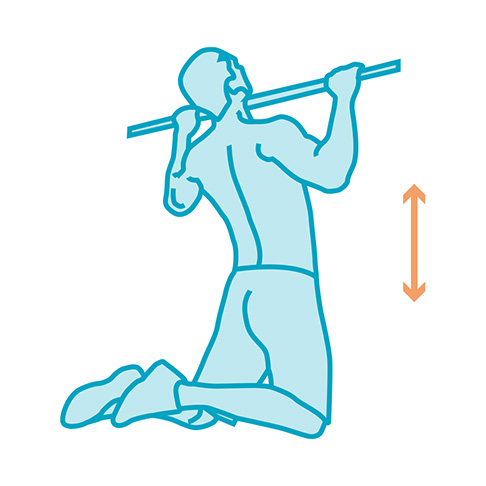
The king of lat exercises. Pull-ups involve maximal lat contraction during the concentric phase. They also demand scapular stability and body control, making them an excellent global stimulus.
Recommended for: Strength or advanced hypertrophy phases. Add progressive load to intensify.
2. Chin-Up (Supinated Grip) – 100% Activation
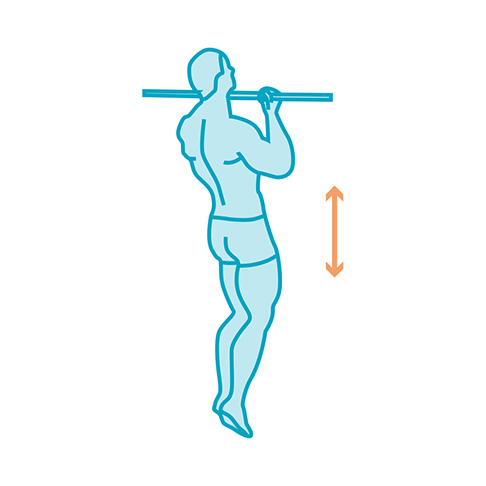
Different grip, same activation level. This version feels easier for the biceps, but still highly activates the lats—if technique is on point.
Recommended for: Stimulus variation without reducing lat engagement.
3. Bent-Over Row (Barbell) – 91% Activation
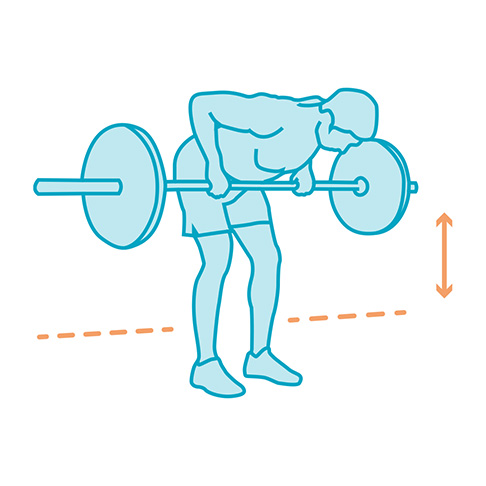
One of the best horizontal pulling exercises. It powerfully recruits the lats and trunk stabilizers. Great for strength in functional, upright positions.
Recommended for: General hypertrophy blocks or combined with vertical pulls.
4. Seated Row (Cable) – 90% Activation
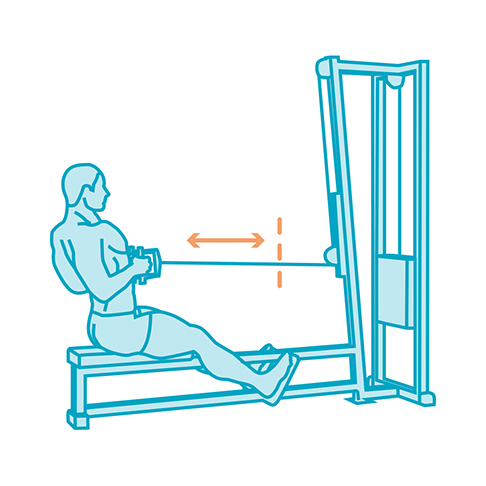
Allows precise control over movement, enhancing mind–muscle connection. Without trunk stabilization demands, you can focus fully on the lats.
Recommended for: Hypertrophy phases, especially for targeting the mid-range of lat activation.
5. Lat Pull-Down – 88% Activation
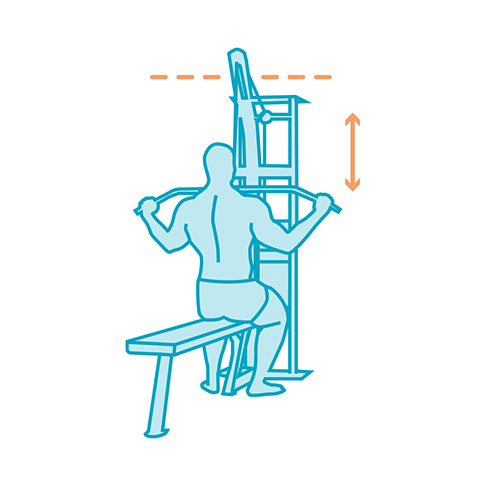
A gym classic. Excellent alternative for those not yet able to do bodyweight pull-ups.
Recommended for: Progressions toward pull-ups or high-rep work with clean technique.
6. Inverted Row (Bar or TRX) – 83% Activation
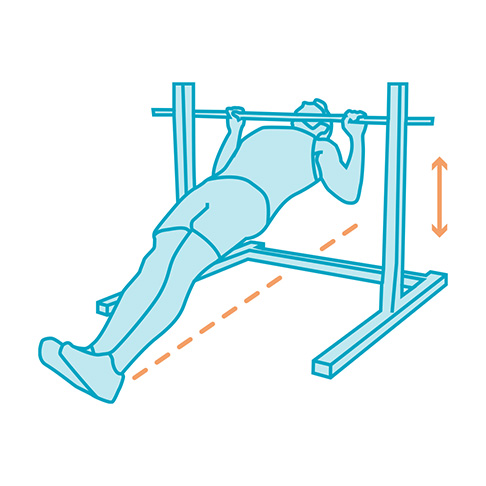
An accessible, versatile, and effective option. Easily scaled by adjusting foot position or angle. Great for clinical or rehab settings.
Recommended for: Learning horizontal pulling patterns or as accessory work.
7. TRX Row (Suspension Trainer) – 49% Activation
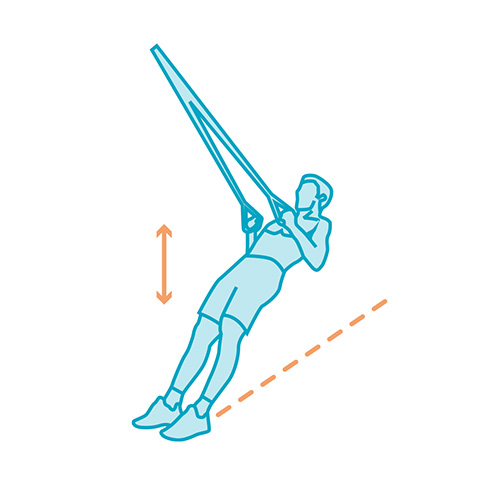
Lowest lat activation in this ranking, but highly useful for early stages, functional training, and motor control retraining. Also trains scapular stability.
Recommended for: Warm-ups, technique-focused sessions, or patient-specific rehab.
How to Apply This Information
If you’re aiming for hypertrophy, prioritize exercises with more than 85% activation: pull-ups, barbell rows, seated rows, and lat pull-downs.
For patients in rehab or early training stages, begin with lower-load options like TRX rows or inverted rows.
Use EMG in clinical settings to confirm that the target muscle is truly being activated—and adjust exercises based on actual results.
Conclusion
Not all exercises are equally effective if your goal is to build lat size.
Knowing which ones produce the greatest activation helps you optimize every rep, reduce compensation risks, and get better results in less time.
Want to learn how to use EMG to confirm these findings in your own patients?
👉 Click here for more info. No pressure—we’ll show you how to measure muscle activation quickly, visually, and in a way that’s practical for your clinical setting.

